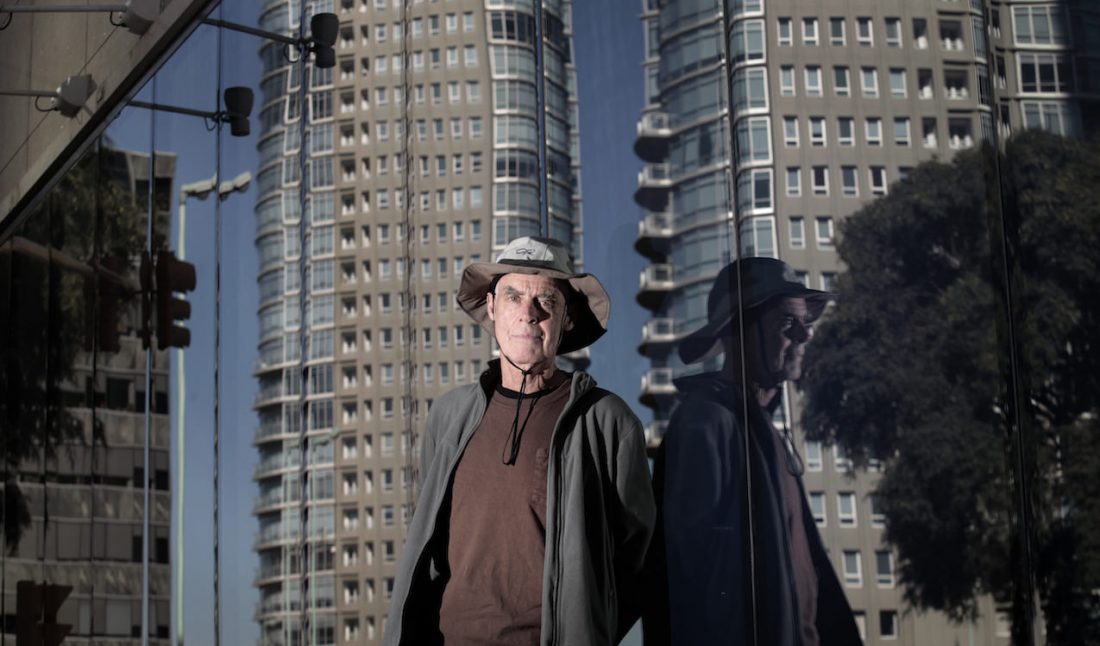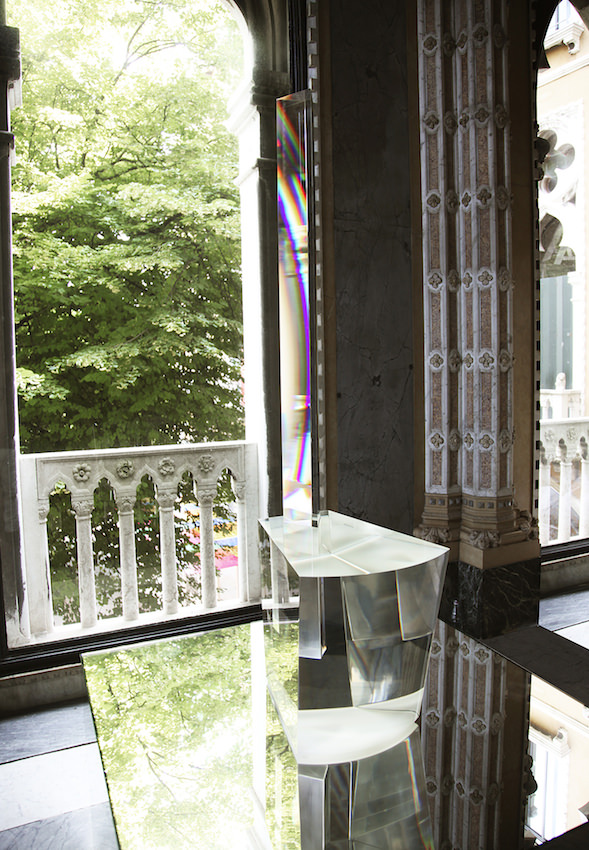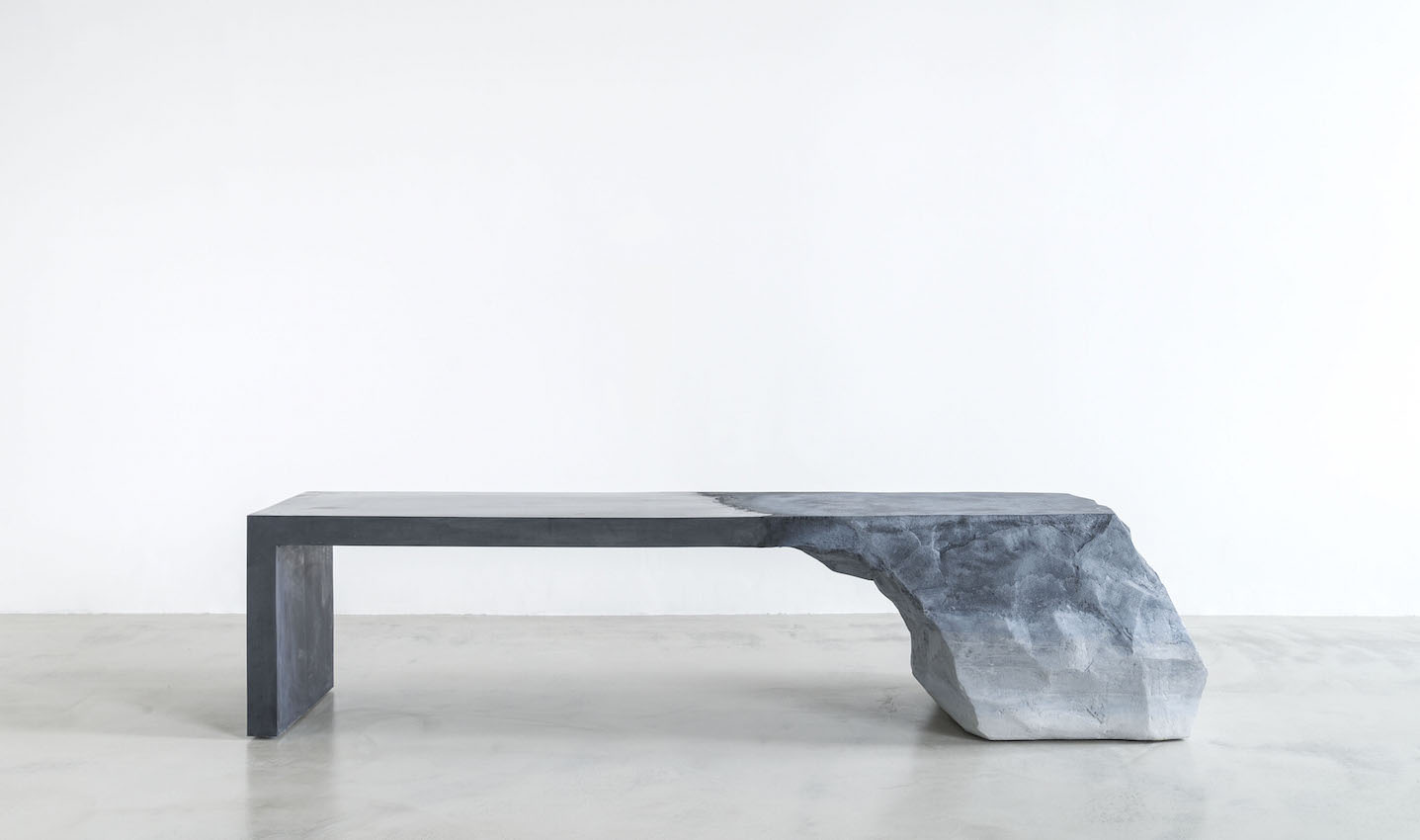This month Richard Long’s first exhibition in Argentina and first solo show in Latin America, is currently on view at the Faena Art Center (FAC) in Buenos Aires. “Mendoza Walking” is curated by FAC Director and Chief Curator, Ximena Caminos.
Long made his international reputation during the 1970s with sculptures made as the result of epic walks, sometimes lasting many days, to remote parts of the world. This exhibition follows his 17-day journey, on foot, through the Tupungato and Cordón del Plata in the Andes mountains of Mendoza Argentina. Long created two site-specific works inspired by the topography and nature of the country.
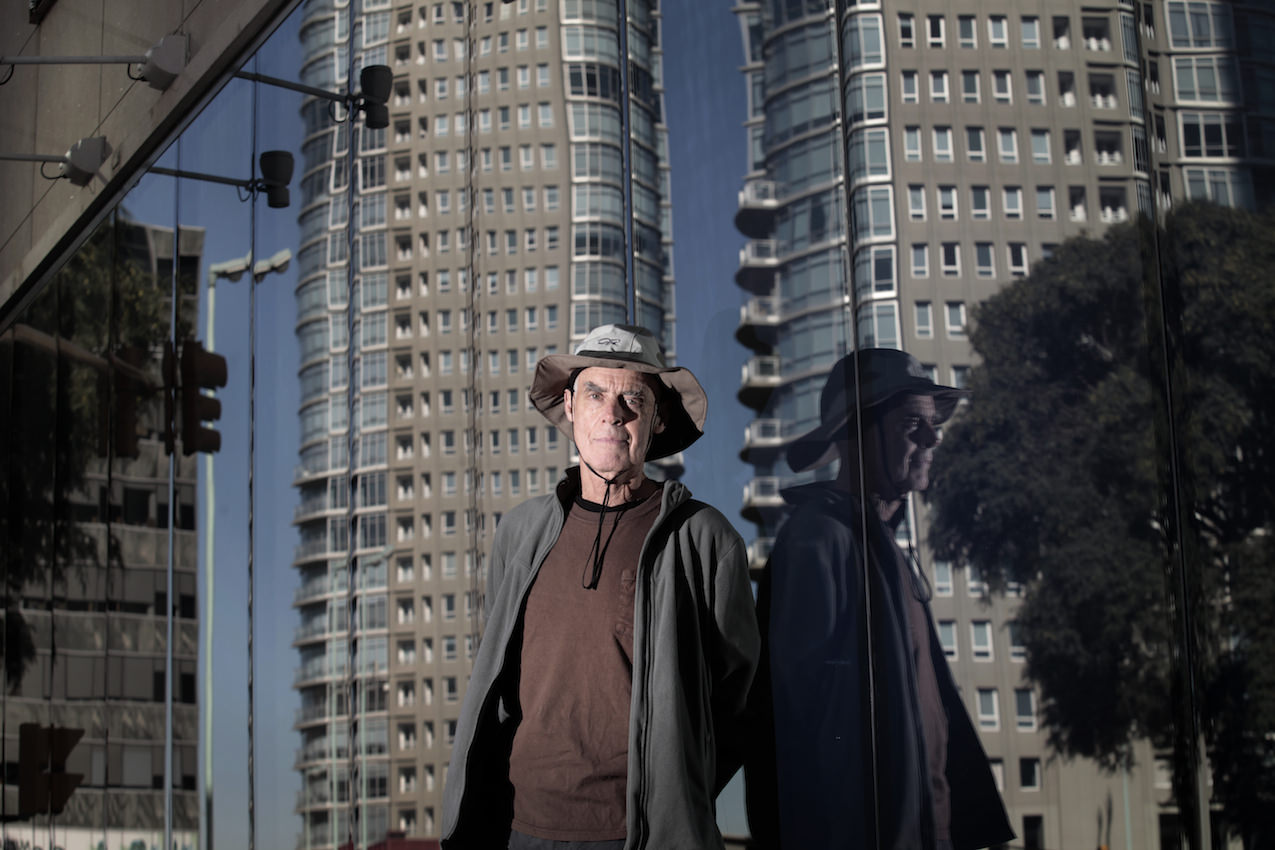
Argentina is important to Long and to the work. The artist first came to Argentina in the 70s, creating the Patagonia works, and returned in 2012, for the Mendoza walk. One of the two works for this exhibition uses woodchips, which he said represent the horses of Argentina. The second is comprised of smeared mud from the Paraná River, the second-longest river in South America. These works utilize materials native to the region and explore the relationship between art and nature, between human potential and environmental realities. He describes his process as a “meditative experience.”
In a press conference days before the exhibition opening, Long fielded questions from local and international reporters. Unusual for Long, who does not typically discuss his work in public, he offered a rare glimpse into his practice.
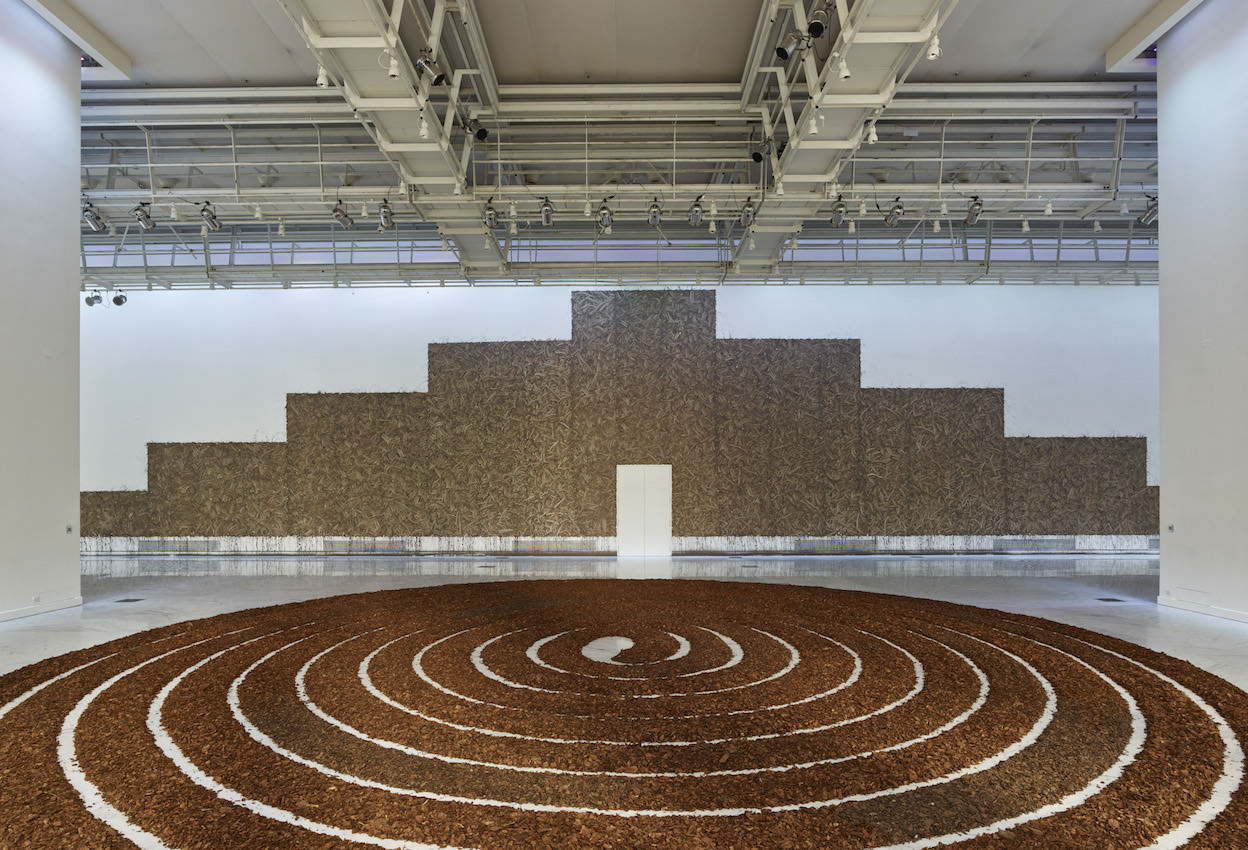
When asked about similarities between the spiral shapes, which have become synonymous with both his and the work of Robert Smithson, he acknowledged the spiral being reminiscent of Smithson’s. Going on to say, “Smithson is a good friend of mine, he was older than me when we met and he visited me in my home, I also visited him in his home. It’s true, we probably started making spirals around the same time, but the spiral doesn’t belong to Smithson anymore than it belongs to me. These are archetypal human forms, they belong to everyone.”
The exhibition is currently on view through July 28 in the historic Los Molinos Room of the FAC’s landmark building. The accompanying exhibition catalog includes an essay by Angela Westwater, co-founder of Sperone Westwater, New York, which since its founding in 1975 has represented the artist.







